This story was written in commemoration of World Seagrass Day 2023 by Dr. Rahanna Juman, Director (Ag.) of the Institute of Marine Affairs (IMA).
On March 1, 2023, the United Nations (UN) observed its first ever World Seagrass Day in an effort to raise awareness on the importance of seagrass meadows to the planet’s well-being and the communities which rely upon them.
What are seagrasses and why are they important?
Seagrasses are marine flowering plants which grow in the intertidal and subtidal zones along shallow tropical and temperate coasts.
In addition to providing nursery habitats for several commercially important species like conch, fish and lobster, seagrasses are also a major food source for the endangered manatee and sea turtles.
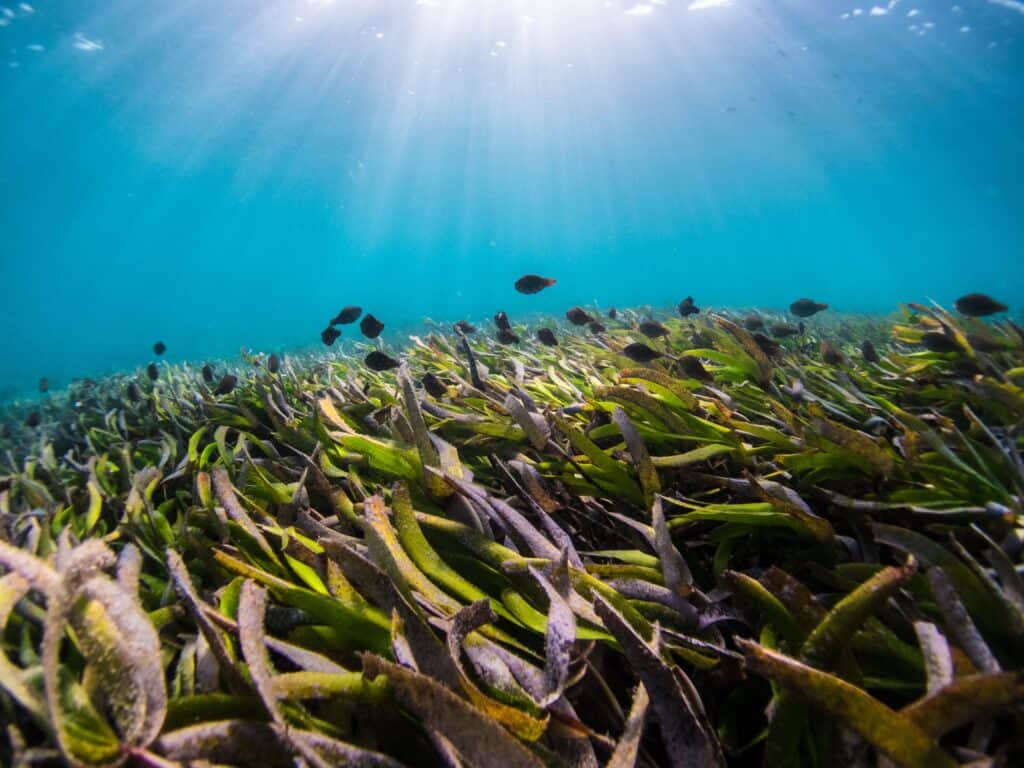
Despite occupying less than 0.2 per cent of the ocean surface, research has shown seagrass ecosystems are responsible for 10 – 18 per cent of the carbon stored in marine ecosystems.
Given the role they play in capturing and storing carbon dioxide in the ocean, seagrasses are therefore important to climate mitigation efforts.
Other benefits of seagrasses include regulating the flow of currents, stabilising bottom sediments, preventing erosion and filtering suspended solids and nutrients from coastal waters.
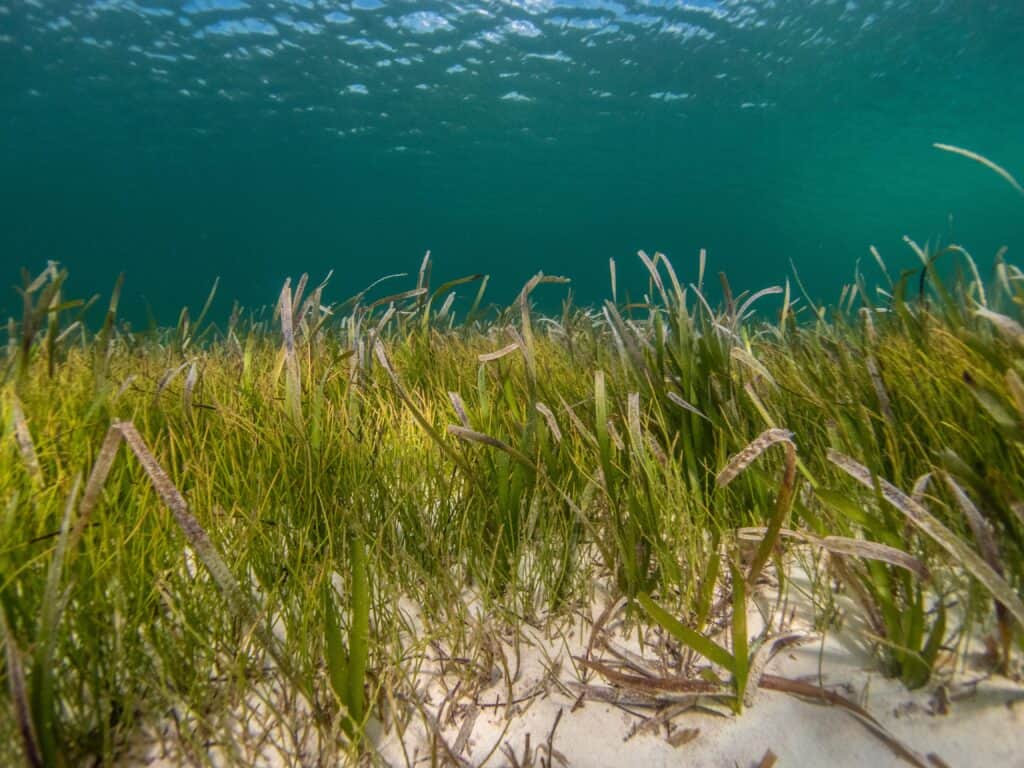
Threats to seagrasses
Increasing population density in coastal areas has enhanced sediment and nutrient loading, and nutrient over-enrichment of coastal waters which have all been cited as reasons for seagrass bed decline worldwide.
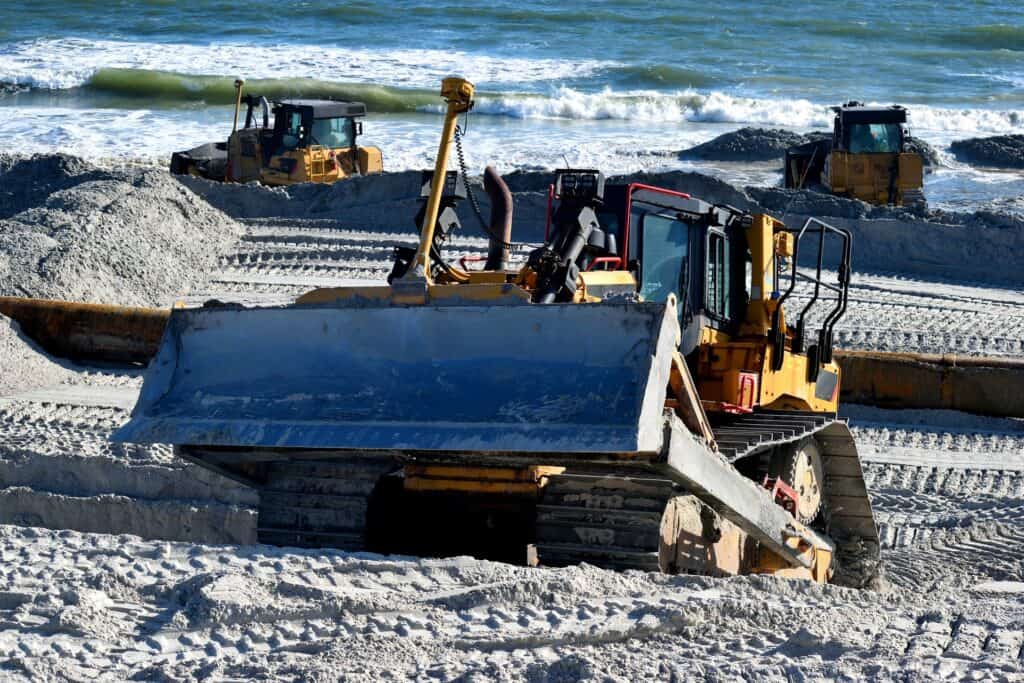
Decline of seagrass beds in Trinidad and Tobago
Since 2002, the Institute of Marine Affairs (IMA) has been monitoring the health and productivity of selected Thalassia (turtle grass) dominated seagrass beds around Trinidad and Tobago.
The healthiest and most productive seagrass sites in the country were once found in Southwest Tobago at Buccoo Bay and Kilgwyn Bay.
But since 2015, the seagrass beds in Kilgwyn Bay have disappeared and this decline has also coincided with the recent Sargassum invasion.
Monitored sites within the Bon Accord Lagoon recorded the lowest biomass and density of turtle grass in Tobago.
Instead, the lagoon sites were overgrown by macroalgae but it was observed that seagrasses had spread into areas adjacent to Buccoo Reef.
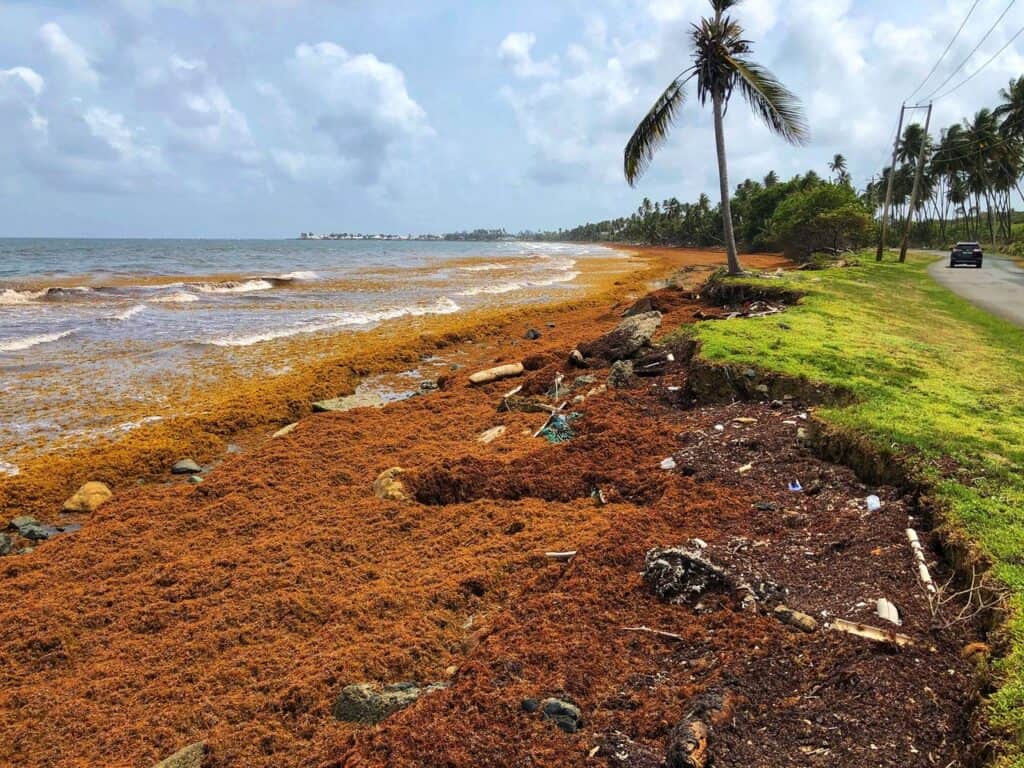
In Trinidad, the most productive turtle grass site was once found at Williams Bay, Chaguaramas.
Home to a wide variety of marine species like seahorses, juvenile grunts, groupers, snappers, green turtles, starfish, conch, bivalves, crustaceans, polychaetes worms and urchins, there has been an observed decline in turtle grass in this area since 2012.
The accelerated rate of infrastructural development on the peninsula in the past several years has been noted as one possible factor for this decline.
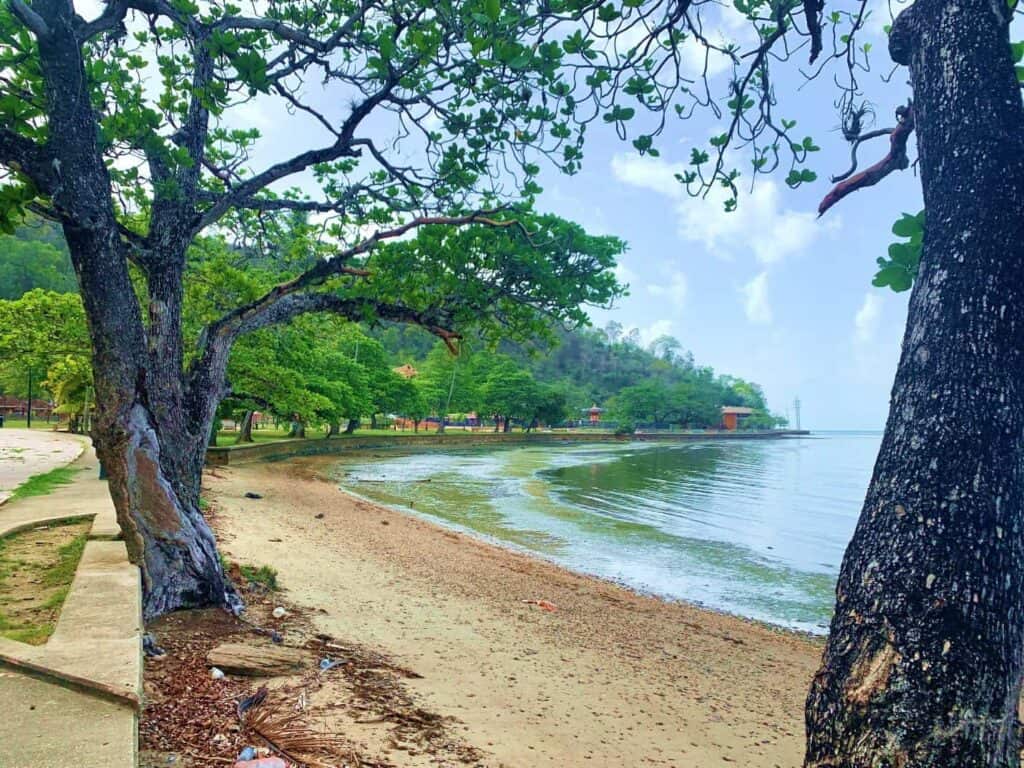
Turtle grass communities once found on the eastern side of St Peter’s Bay, Carenage, were destroyed in 2010 while the community on the western side of the bay was destroyed in 2012.
These areas are now overgrown with algae (Caulerpa sp.) and sparse communities of other seagrass species (Halodule wrightii and Halophila sp.).
Research determined the turtle grass communities in St Peter’s Bay were affected by the sediment runoff associated with inland deforestation activities for housing.
Poor water quality from land-based pollution and coastal development are the main factors negatively impacting the health of seagrasses in Trinidad and Tobago.
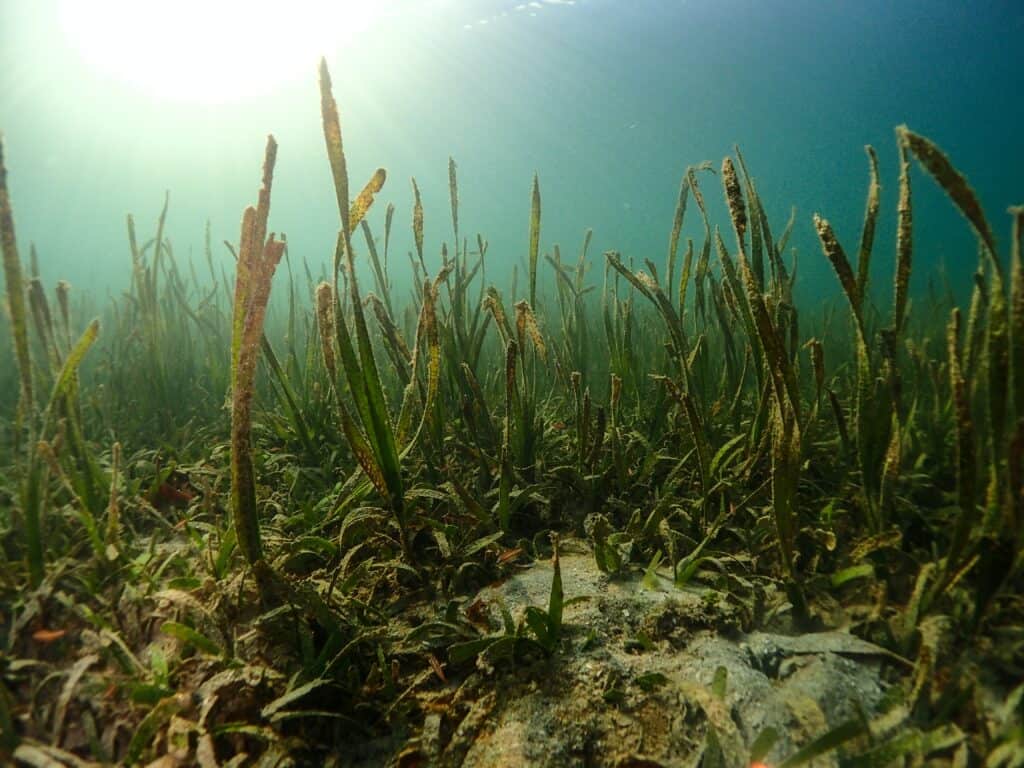
The seagrass beds in Trinidad, which are found along the most intensely developed coastline, continue to be subjected to development pressures.
The continued loss of seagrass beds will continue to affect their ecosystem services like coastal protection, habitat and nursery for fish and other marine species.
There is an urgent need to conserve, and in some areas rehabilitate, seagrass communities to ensure that they can continue to provide suitable habitat for dependent biodiversity, provide coastal stabilisation and sequester carbon dioxide.
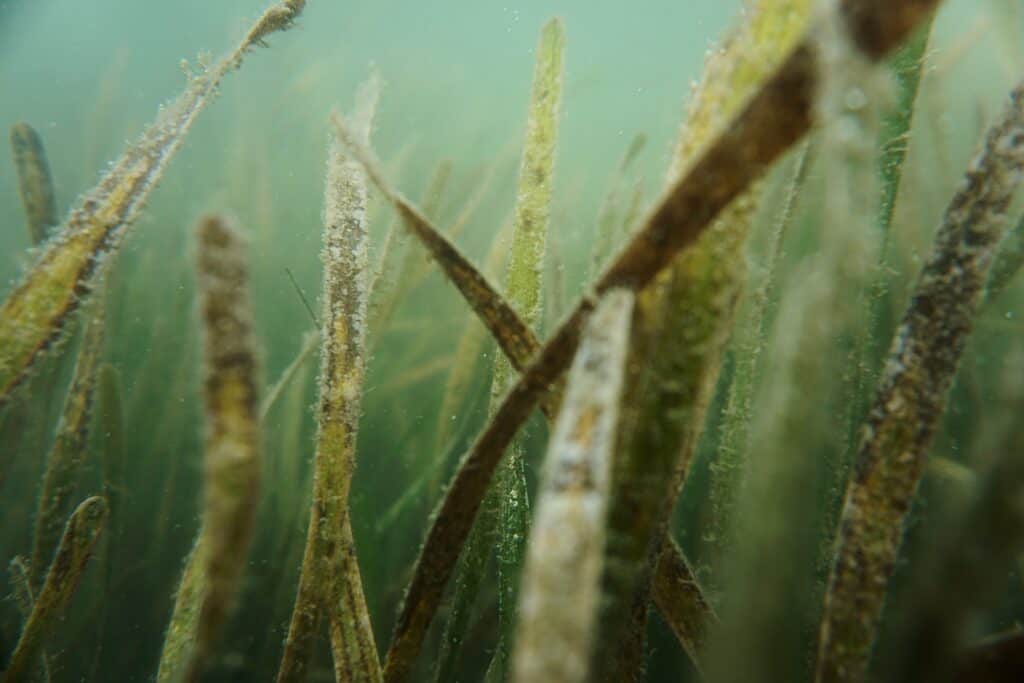
IMA working to rehabilitate T&T’s seagrasses
In 2022, the IMA initiated action to help rehabilitate degraded seagrass beds and coral reefs in Tobago.
Funded by British Petroleum Trinidad and Tobago (bpTT), the institute’s Marine Resilience Initiative (MARIN) started with an ecological assessment of seagrass beds in Southwest Tobago- Buccoo Reef Marine Park and Kilgwyn Bay.
The seagrass beds were mapped using side scan sonar to assess their health and biodiversity.
Experimental seagrass rehabilitation work started using different replanting methods to determine suitability.
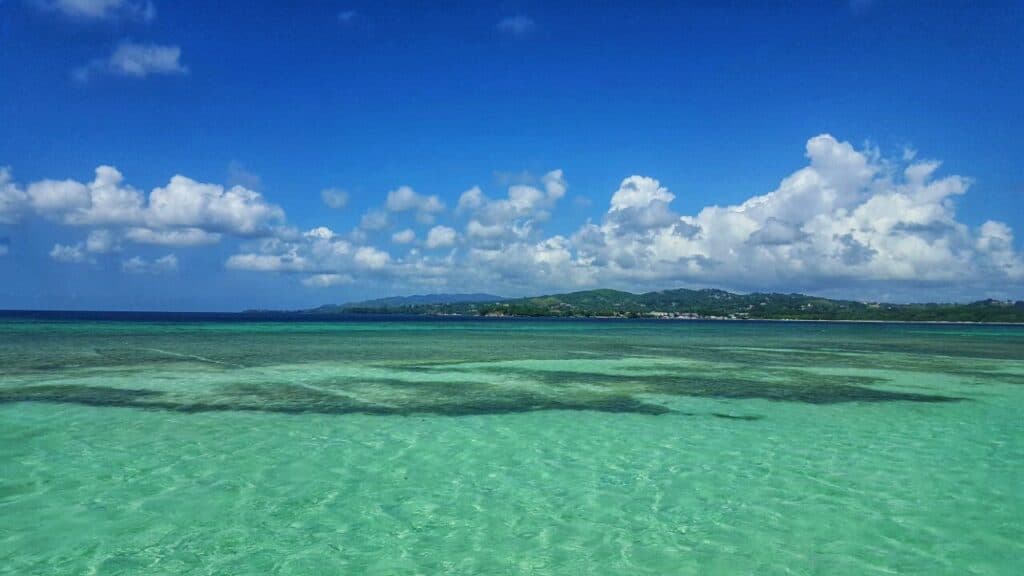
With the project expected to continue at least over the next five years, the IMA hopes the knowledge gained in seagrass rehabilitation techniques will be extended to other sites in Tobago, Trinidad and the Caribbean.
Successful restoration of these ecosystems will depend on promoting ocean stewardship and being able to remove the main stressors which are land-based sources of pollution.
Through MARIN, the IMA is aiming to build connections between communities and their ocean backyard through baseline understanding, inclusion, education and embedding stewardship into communities.
This will overlap with on-going practical restoration in locations of active stewardship and involve knowledge transfer and capacity building.
The anticipated plan and partnerships are expected to deliver long-term marine biodiversity conservation for seagrass ecosystems.
Join the IMA as it continues to restore degraded coral reefs and wetlands. Follow the institute on their social media platforms and download their SeaiTT App.





